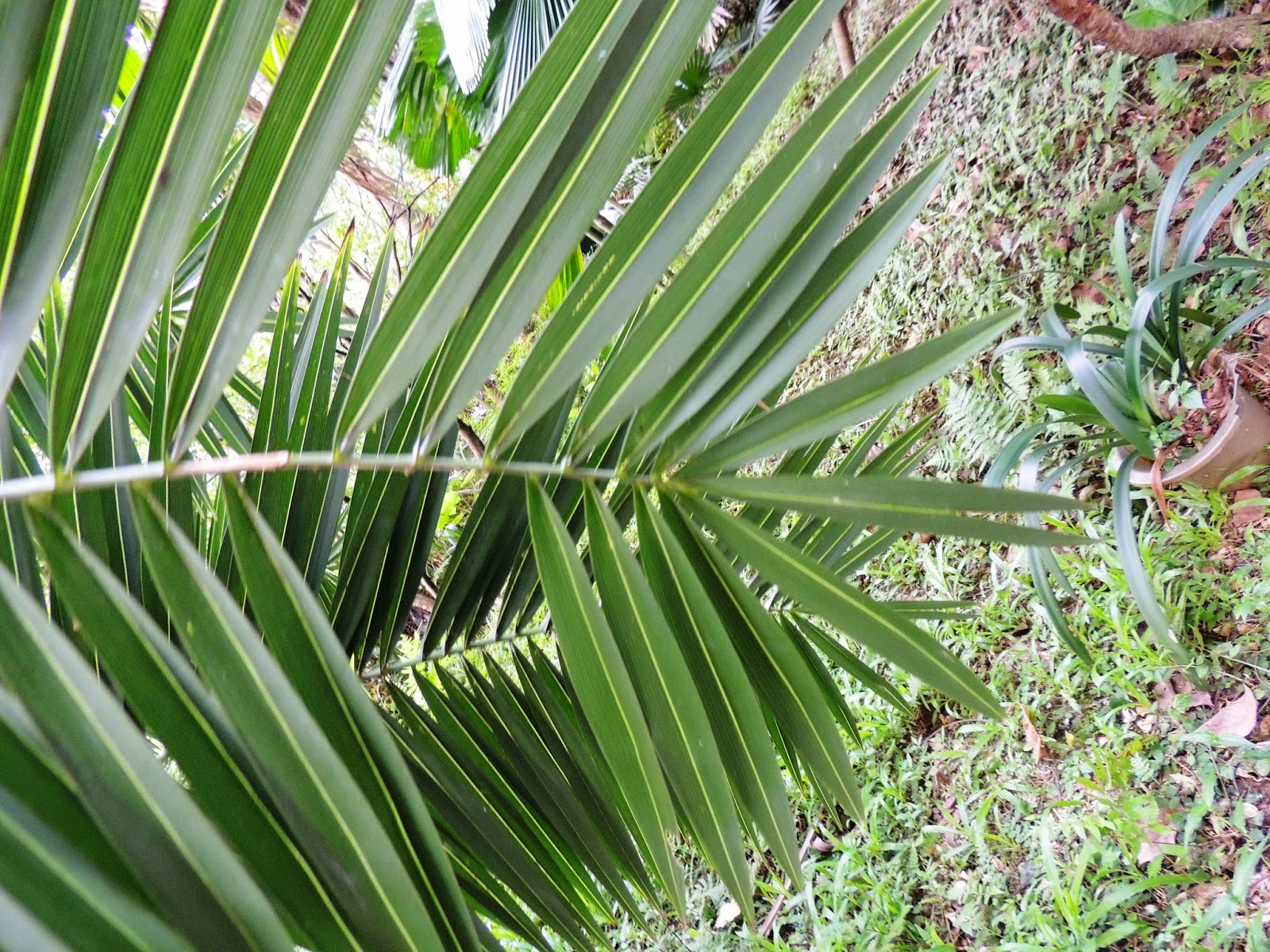43 flax
flax
|
亞麻
|
Linum usitatissimum
|
亞麻科
|
Linaceae
|
λίνον
|
古代地中海區域,除了羊毛,基本上用亞麻製作針織品。(我推論棉花應該在亞歷山大大帝之後才可能出現。開始運用可能是西元十世紀之後。Herodotus記載著印度有一種長在樹上的羊毛,就是棉花 (Htd. 3.106.3)。)
約莫1900-1700 BCE就可能發現亞麻子,伊朗甚至在西元前5000年就有種植亞麻。
荷馬史詩中提到用亞麻製作衣服和編織魚網等。
___________
命運與亞麻
Alcinous覺得應該幫助Odysseus返鄉,《奧德賽》第七卷186-206行,他提出了他的觀點。他決定要幫助Odysseus順利返回故土家園,之後,Odysseus就得自己承受一出生命運女神們早已織好的命運線。從荷馬史詩開始,古希臘觀念的命運(Μοῖραι (apportioners, Latinized as Moerae) 就是「命運女神們」,英文譯成fates, 有三位: Clotho (spinner), Lachesis (allotter) and Atropos (cutter).古希臘神話的命運觀點很特別,這三位女神分別有紡織,分配與切斷的意思,每個人的生命線絲,出生時就織好,然後慢慢分配使用,時間到了就切斷。而命運已定的,連宙斯都無法改變! 線,也就成了生命的比喻,有趣的是,λίνον這個字就是指亞麻。
ἔνθα δ᾽ ἔπειτα
πείσεται, ἅσσα οἱ αἶσα κατὰ κλῶθές τε βαρεῖαι
γιγνομένῳ νήσαντο λίνῳ, ὅτε μιν τέκε μήτηρ.
(Odyssey
7.196-198)
Κλῶθες Goddesses of fate
κλώθω twist by spinning, spin
νέω spin
λίνον anything made of flax; thread of
destiny spun by the Fates; the plant flax, Linum
usitatissimum; 亞麻(學名:Linum usitatissimum)是在全球各地廣泛栽培的植物,可能原產於西亞
After that he’ll undergo all those
things
Destiny and the dreaded spinning Fates
spun in the thread for him when he was
born,
when his mother gave him birth.
命運 http://en.wikipedia.org/wiki/Fates
The Fates were three
mythological goddesses and may refer to:
l Moirai, the Fates of Greek mythology
l Parcae, the Fates of Roman mythology
l Sudice (mythology), the Fates of Slavic
mythology
l Norns, numerous female beings who determine the
fate or future of a person in Germanic paganism
l Three Witches, characters in Shakespeare's
Macbeth
l The Fates, characters in Disney's Hercules
l Fates (album), a 2006 album by Erik Mongrain
|
下面圖片與資料出處:
Franz Eugen Köhler, Köhler's
Medizinal-Pflanzen - List of Koehler Images






















